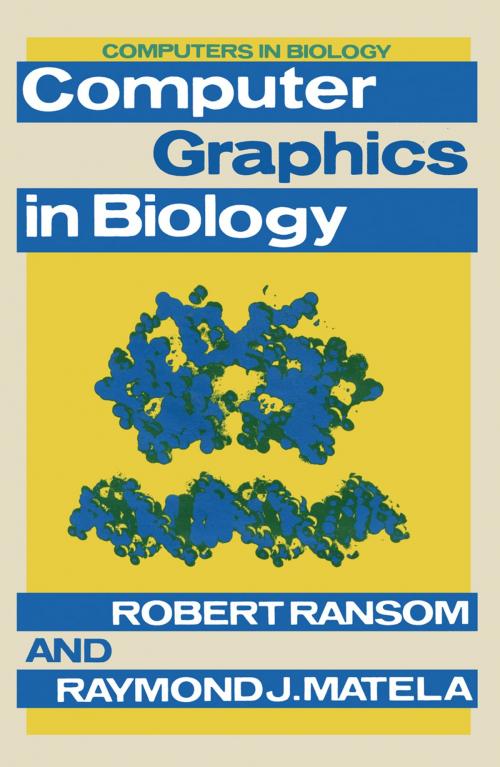Computer Graphics in Biology
Kids, Natural World, Nonfiction, Reference & Language, Education & Teaching, Science & Nature, Science| Author: | Raymond J. Matela, Robert Ransom | ISBN: | 9781468414905 |
| Publisher: | Springer US | Publication: | December 6, 2012 |
| Imprint: | Springer | Language: | English |
| Author: | Raymond J. Matela, Robert Ransom |
| ISBN: | 9781468414905 |
| Publisher: | Springer US |
| Publication: | December 6, 2012 |
| Imprint: | Springer |
| Language: | English |
Computer graphics is being used to an increasing extent in the biological disciplines. As hardware costs drop and technological developments intro duce new graphics possibilities, researchers and teachers alike are becoming aware of the value of visual display methods. In this book we introduce the basics of computer graphics from the standpoints of both hardware and software, and review the main areas within biology to which computer graphics have been applied. The com puter graphics literature is vast, and we have not been able to give a full course on graphics techniques in these pages. We have instead tried to give a fairly balanced account of the use of graphics in biology, suitable for the reader with some elementary grounding in computer programming. We have included extensive references both to material cited in the text and to other relevant publications. One of the factors that has fuelled the increase in graphics use is the ease with which the more simple graphics techniques may be implemented on microcomputers. We hav.e, therefore, paid attention to microcomputer graphics as well as graphics techniques suitable for larger machines. Our examples range from simple two-dimensional graph plots to highly complex surface representations of molecules that require sophisticated graphics devices and mainframe computers on which to run. The book is separated into two logical sections. The first part con centrates on general graphics techniques, giving an overview from which the reader will be able to refer to other more specialised texts as required.
Computer graphics is being used to an increasing extent in the biological disciplines. As hardware costs drop and technological developments intro duce new graphics possibilities, researchers and teachers alike are becoming aware of the value of visual display methods. In this book we introduce the basics of computer graphics from the standpoints of both hardware and software, and review the main areas within biology to which computer graphics have been applied. The com puter graphics literature is vast, and we have not been able to give a full course on graphics techniques in these pages. We have instead tried to give a fairly balanced account of the use of graphics in biology, suitable for the reader with some elementary grounding in computer programming. We have included extensive references both to material cited in the text and to other relevant publications. One of the factors that has fuelled the increase in graphics use is the ease with which the more simple graphics techniques may be implemented on microcomputers. We hav.e, therefore, paid attention to microcomputer graphics as well as graphics techniques suitable for larger machines. Our examples range from simple two-dimensional graph plots to highly complex surface representations of molecules that require sophisticated graphics devices and mainframe computers on which to run. The book is separated into two logical sections. The first part con centrates on general graphics techniques, giving an overview from which the reader will be able to refer to other more specialised texts as required.















